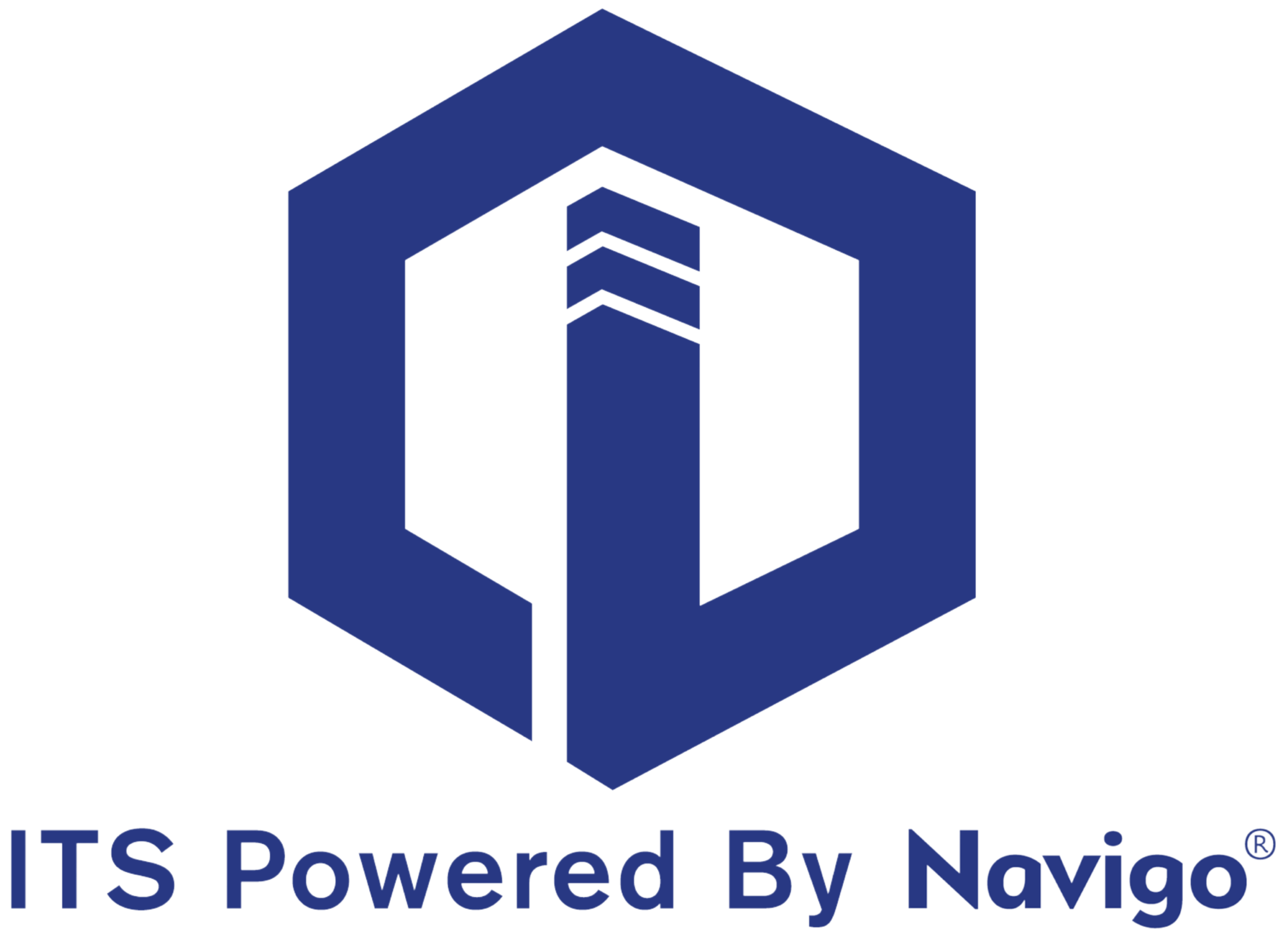Headquarters
7150 Columbia Gateway Drive, Suite L, Columbia, MD 21046
New York Location
112 West 34th Street, 18th floor, Room 18025 New York, NY 10001

Proud member

In the digital age, businesses are constantly seeking innovative ways to engage their employees, guests, and customers. Digital signage has emerged as a powerful tool offering dynamic and attention-grabbing displays that capture audiences' attention. However, while the benefits are undeniable, it's essential for businesses to carefully consider the costs associated with digital signage implementation. Let's explore the various expenses that businesses need to factor in when planning for digital signage, shedding light on the importance of a well-informed budget.
Hardware Costs
The foundation of any digital signage system is the hardware itself. This includes displays, media players, touchscreens, and any necessary mounting equipment. The size and quality of the displays, as well as the specific features required (such as touch capability), can significantly impact the cost. For example, larger screens with high resolution and interactive features may come with a higher price tag.
Content Creation
Compelling and visually appealing content is essential for effective digital signage. Businesses must allocate resources for graphic design, animation, video production, and copywriting. Customized content that aligns with the brand's identity and messaging can contribute to a more engaging and impactful signage experience.
Software and Licensing
Digital signage software is the backbone of managing and scheduling content. The cost of digital signage software licenses can vary based on features, scalability, and the number of displays. Some solutions offer cloud-based management, allowing businesses to remotely control and update content, while others may require on-site servers.
Installation and Setup
Ensuring proper installation is crucial to the success of digital signage. Businesses need to consider expenses related to their professional installation of digital signage, including labor costs, cabling, and any required modifications to the physical space. Complex installations, such as video walls or outdoor displays, may incur additional charges.
Connectivity and Networking
Reliable internet connectivity is essential for remote content management and updates. Businesses need to account for the costs of networking equipment, such as routers and switches, as well as any recurring expenses for internet service. For larger installations, ensuring a robust network infrastructure may require more advanced networking solutions.
Maintenance and Support
Like any technology, digital signage requires ongoing maintenance and support to ensure its optimal performance. Businesses should budget for regular maintenance, software updates, and technical support services. Depending on the complexity of the system, maintenance costs can vary.
Energy Consumption
Operating digital signage displays consumes energy, which translates to ongoing operational costs. The electricity usage of displays, media players, and any associated cooling or ventilation systems should be factored into the budget. Energy-efficient displays and smart scheduling can help mitigate these costs.
Content Management
Managing and updating content can involve both time and resources. Depending on the scale of the digital signage network, businesses may need to assign personnel or outsource content management tasks. This ensures that the displays consistently deliver fresh and relevant information.
Training and Education
To maximize the benefits of digital signage, employees responsible for content creation and management may need training. Investing in proper training ensures that staff can efficiently operate the system, create engaging content, and troubleshoot basic issues.
Long-Term Planning and Scalability
As a business grows, its digital signage needs may evolve. Long-term planning and scalability should be considered to accommodate future expansions or upgrades. While focusing on immediate costs is crucial, a forward-thinking approach can save money in the long run.
In conclusion, while digital signage offers a dynamic and impactful way to engage audiences, it's important for businesses to take a comprehensive view of the costs involved. From hardware and software expenses to content creation and ongoing maintenance, every aspect should be carefully considered to create a realistic budget. By accounting for these costs, businesses can embark on a successful digital signage journey that enhances their brand, captivates audiences, and delivers a strong return on investment.
Explore itouchinc.com for more information on our solutions or contact us for needs unique to your property or project.
7150 Columbia Gateway Drive, Suite L, Columbia, MD 21046
112 West 34th Street, 18th floor, Room 18025 New York, NY 10001

Proud member
Toll-Free
Phone
© Copyright 2025 ITS, Inc. All rights reserved.
Stay in touch with the latest news and updates from ITS, Inc.
7150 Columbia Gateway Drive, Suite L
Columbia, MD 21046
112 West 34th Street, 18-025
New York, NY 10001